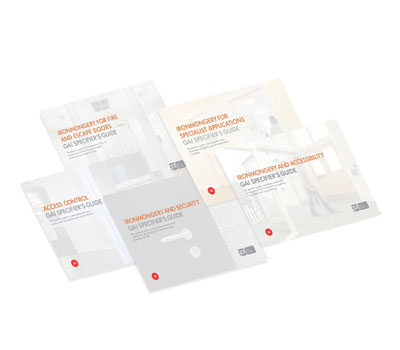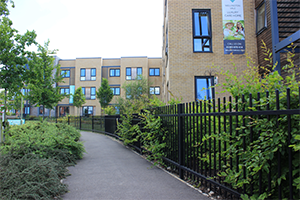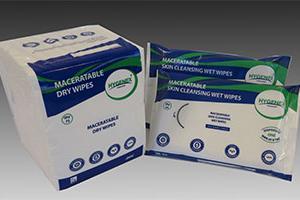Care home security has never been so important. The UK’s population is ageing at a significant rate, with the proportion of those aged 65 and…
Simplifying the specification process with new ironmongery guides
A new guide on architectural ironmongery and specialist applications has been launched for those specifying hardware in care homes.
The Specifier’s Guide to Ironmongery for Specialist Applications is one of five guides created by the Guild of Architectural Ironmongers (GAI) to ensure that anyone involved in the specification of architectural ironmongery has access to the latest, best practice advice. All of the guides are available to download for free from the GAI website.
“We have produced these guides to ensure that all construction industry professionals have access to comprehensive guidelines and best practice covering all aspects of architectural ironmongery,” said Douglas Masterson, technical manager at the GAI. “We recognise that specifying architectural ironmongery can be complex, so we’ve pulled together all of the information a specifier will need to ensure the hardware is not only compliant but also performs as expected and suits the environment it is being used in.”
The Specifier’s Guide to Ironmongery for Specialist Applications gives information on accessibility regulations that impact the specification of ironmongery including specialist closing devices, door automation, visual contrast and light reflective value (LRV). It also covers more specific hardware solutions such as anti-ligature hardware, anti-microbial door furniture, finger protection and specialist signage, detailing relevant product information, current standards and best practice.
There is also a guide to accessibility that outlines the best practice guidelines of accessible and inclusive design. As well as covering all of the relevant  ironmongery, the guide includes information on the dimensional guidelines required for lever and pull handles, locks, keys, thumb turns and handrails to be compliant with BS 8300.
ironmongery, the guide includes information on the dimensional guidelines required for lever and pull handles, locks, keys, thumb turns and handrails to be compliant with BS 8300.
It also covers specifying ironmongery and signage that has strong visual contrast and LRV to assist those with visual impairments to meet BS 8300 guidelines, as well as legislation that applies specifically to this area of architectural ironmongery. This includes the Equality Act and guidance documents to building regulations on accessibility throughout the UK and Ireland, including Approved Document M.
The other Specifier’s Guides cover fire and escape doors, security and access control. All five guides can be downloaded from the GAI website.
The GAI is the body that represents the interests of the UK architectural industry. Its qualifications, education and CPD programmes are widely respected in the UK and overseas. Its technical information service is the only specialist service of its kind and provides GAI members with comprehensive advice.
To download the guides for free, visit www.gai.org.uk





